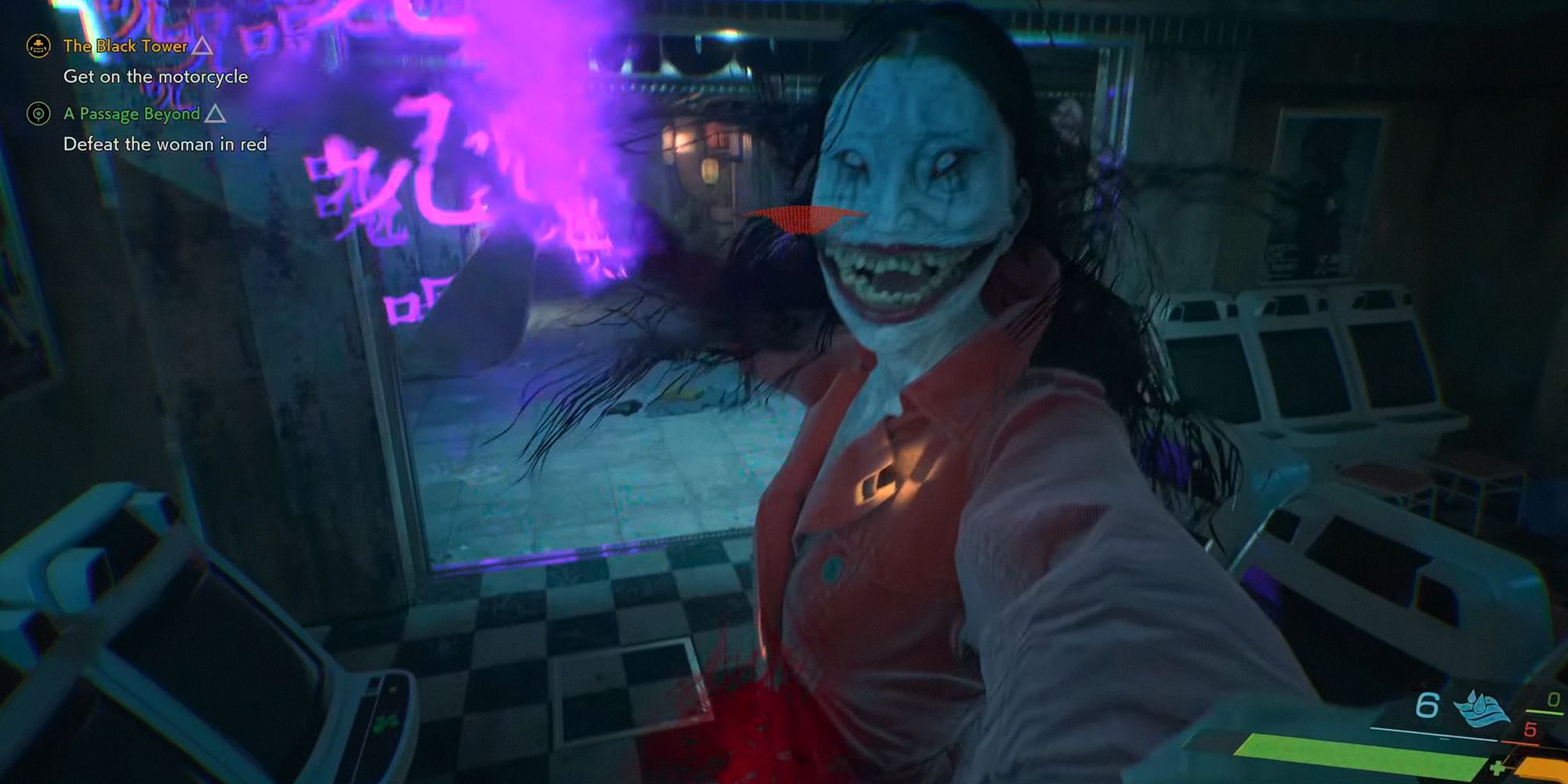Like with a lot of open-world games these days, Ghostwire: Tokyo is enormous. There are enemies to blow up with fireball spells, spirits to collect and sell, and dogs to pet. However, while most players will experience a decent chunk of what Ghostwire: Tokyo has to offer, there’s a lot of content that may go under the radar.
From fun little features to full-blown questlines, there’s a very good chance you may have overlooked some of Ghostwire: Tokyo’s best offerings. Fortunately, for those who’ve completed the game and are looking for more to do in it, all of this wonderful content is still there and waiting for you to discover for yourself.
Updated on May 16, 2023, by Dominic Allen: Ghostwire: Tokyo recently launched on Xbox and through Game Pass after being a PlayStation exclusive for a year. We didn't only get an Xbox port, as the game also received a patch on all platforms that added loads of content. This content ranges from new combat abilities to all-new Ghostwire Tokyo secrets that are surprisingly not getting much coverage, considering how wacky they are.
These new secrets deserve a spot in the limelight as they're truly special, going beyond what you would expect. If you're a fan of Silent Hill, especially, you'll really dig the large new secret Tango Gameworks added.
10 The Highest Point On The Map
One of the standout locations in Ghostwire: Tokyo is the Kuo Shrine Tower. Its view is amazing, but you likely wondered if you could climb all the way to the top. When the game first launched, you couldn't, but now you can. By using Updraft Talismans or using the ability to summon and cling to a Tengu at will, you can climb to the very top of the structure.
The view is so impressive and really shows how far games have come in terms of rendering distance. If this game had VR support, this should be the spot you visit. At the top, you will find a mysterious Blue Stone. What does that do?
9 The UFO Ending
Out of all the nods to other horror games in Ghostwire: Tokyo, this has to be the best. Found in the game world are six Blue Stones, hidden in very obscure places. They look oddly similar to the Channeling Stone found in the first two Silent Hill games and have the same purpose. Once you get all of them, head inside the school and find a secret room behind a Nurikabe on the highest floor.
Place them all on the table, and a UFO seemingly emerges. This is followed by a mock credits sequence, complete with an exclusive credits song performed entirely in Japanese. It's a great homage to the UFO ending of Silent Hill 3, one of the better ones, which also had a Japanese song during the credits.
8 Collecting All The Spirits
Collecting spirits is surprisingly easy. After unlocking your first Katashiro, all you’ll need to do is waltz up to one, hold the L2 or LT button, and watch as they’re absorbed. Easy enough. However, most players will likely never collect every single spirit, as there are a whopping 240,000 of them.
There is, of course, a substantial benefit to collecting as many spirits as possible. By turning them in at your local phone box, you’ll gain money and experience points. However, by collecting just the ones you naturally stumble across and by progressing through side quests and main missions, you’ll gain enough experience that you won’t need to collect literally every spirit. Nevertheless, if you want to be a good egg and save people’s lives, then you should probably help people move on.
7 Reading All The Fascinating Lore
One of the most alluring parts of Ghostwire: Tokyo is its in-depth look at Japanese history and mythology. You’ll encounter all kinds of Yokai, historical landmarks, and floating cats throughout your travels in the haunted city of Tokyo. Fortunately, whenever you encounter one of these fascinating elements, you’ll receive a new data entry explaining what it is.
Due to just how long these data entries can be, most players will skip over them in favor of blasting spirits’ faces off. However, you really should check these out if you have the time and patience. They go into a lot of detail about the history of various objects, places, and Yokai featured in the game and even mention a story or two that they were involved in. They are surprisingly enjoyable to read and well worth your time.
6 Exploring The Alleyways Of Tokyo
Ghostwire: Tokyo is basically virtual tourism. Sure, it has a plotline about dudes in masks kidnapping your sister, but let’s be honest; the real reason you’re playing is to explore the streets of Tokyo and occasionally pet a dog. Fortunately, to facilitate this, Ghostwire: Tokyo features a large and densely detailed open world for you to venture through.
However, there are likely many areas that you have missed simply due to how large the map is. From creepy alleyways to haunted parks, there are so many unique locations scattered across Ghostwire: Tokyo that have likely been left untouched. That’s not even including the sea of rooftops just waiting for you to glide across.
5 Hunting For Easter Eggs
Everyone loves Easter eggs. The discovery process of finding one all on your own, the jabs at other popular media, and numerous references are all awesome. Easter eggs can be a core reason why exploring is so fun in a given title.
Fortunately, there are a ton of Easter eggs in Ghostwire: Tokyo - don’t worry, not all of them will be spoiled - including outstanding outfits and creepy collectibles. However, while some of these are tied to missions and, therefore, easy to uncover, a few are craftily hidden across the world, waiting for keen-eyed players to stumble across them.
4 The Shibuya Parade
At the very beginning of the game, you'll encounter a parade of ghostlike figures. The lights flicker, an ominous voice booms out across the Shibuya Scramble, and the ghosts march on. However, this is not the last time you'll see this freaky parade. In fact, it can be seen multiple times across the map, and it never stops being terrifying.
The Shibuya Parade is a deeply unsettling experience that can catch you off guard at a moment's notice. The last thing you want is to be trapped within it, as you'll be bombarded with attacks from all kinds of Visitors. It's a rough time, to say the least. However, there's a very good chance that outside of that first instance, most players missed out on seeing it or even venturing within it.
3 Idle Animations
The microwave dings. Your food is ready, and you can smell the aromatic scent of pungent mac and cheese coming from within that rectangular box. You get up, leave your controller on the couch and grab your food. By the time you get back, Akito is waving his hands around and making fire burst from his fingers.
Like all good games these days, Ghostwire: Tokyo has some pretty amazing idle animations. Thanks to the sheer amount of depth that went into the magical attacks you can use, Akito’s idle animations burst with life as he wields his spells with panache. However, as this is such an engrossing game, there’s a very good chance you never stopped to smell the roses and wait patiently for Akito to perform a cool trick or two.
2 Streetlights Change Color When Enemies Are Alerted
Stealth games have been trying for some time now to indicate to players when they’ve been spotted. The most popular mechanic used is a bar that increases in size the more an enemy notices you. Ghostwire: Tokyo adopts this feature but goes one step further by having its bar change its color.
However, while most players will focus on this bar intently while navigating around tricky enemy placements, the more keen-eyed observer may have noticed that the streetlights change color too. Should you be almost spotted, then the streetlights will turn orange. Of course, if you wander out into the open and start unloading your green magic into them, then the lights will turn red. It’s a neat little feature that is incredibly easy to miss, but once you notice, it greatly improves the experience.
1 The Amazing Side Quests
There's no denying that this game's best asset is its incredibly varied and powerful side quests. From giving a spirit some toilet paper to saving one from suicide, there is plenty of nuance to be found in these meaningful missions. However, according to the global Ghostwire: Tokyo achievement statistics, only a small percentage of players have beaten every side quest.
That means that players have missed out on experiencing the beautiful mission Blood Thirsty Blossom, the terrifying ordeal that is Haunting Visions, and the Spirited-Away-gone-wrong questline, A Stop In The Void. Honestly, it's a shame that players have passed on these amazing side quests. At least do Oni! It features a dog, a Yokai that just wants to relax, and an intense fight. What's not to love?

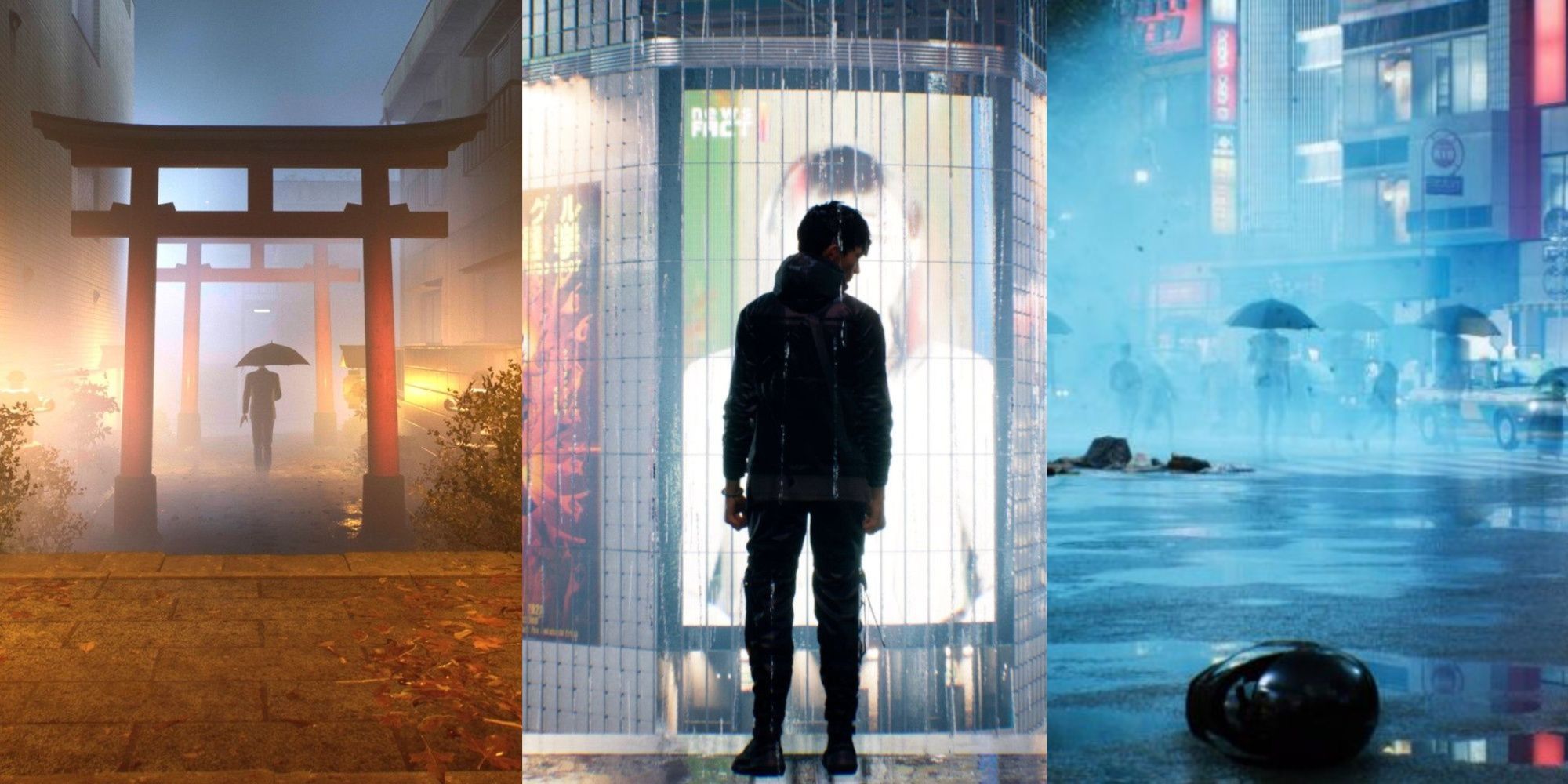
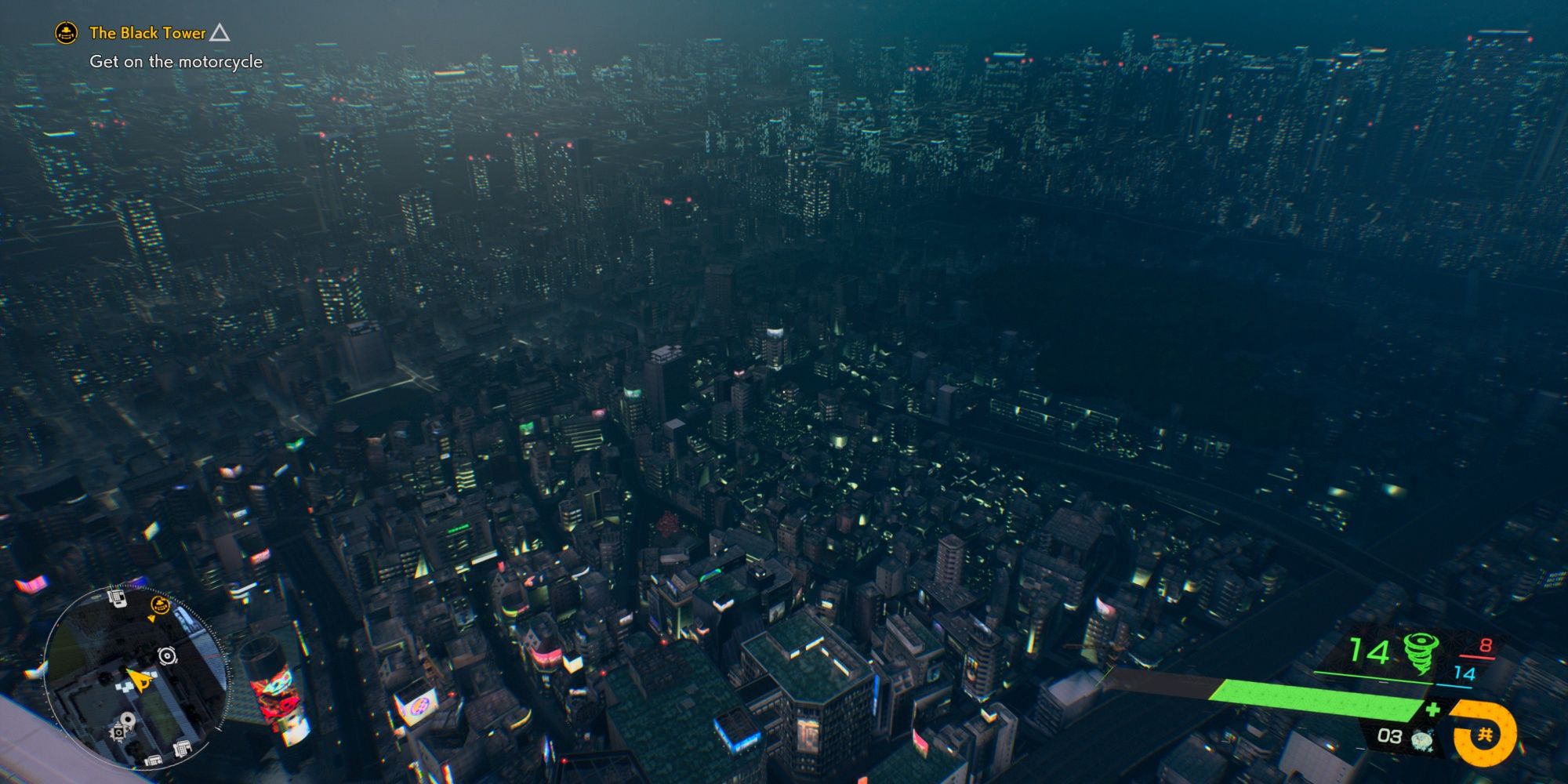
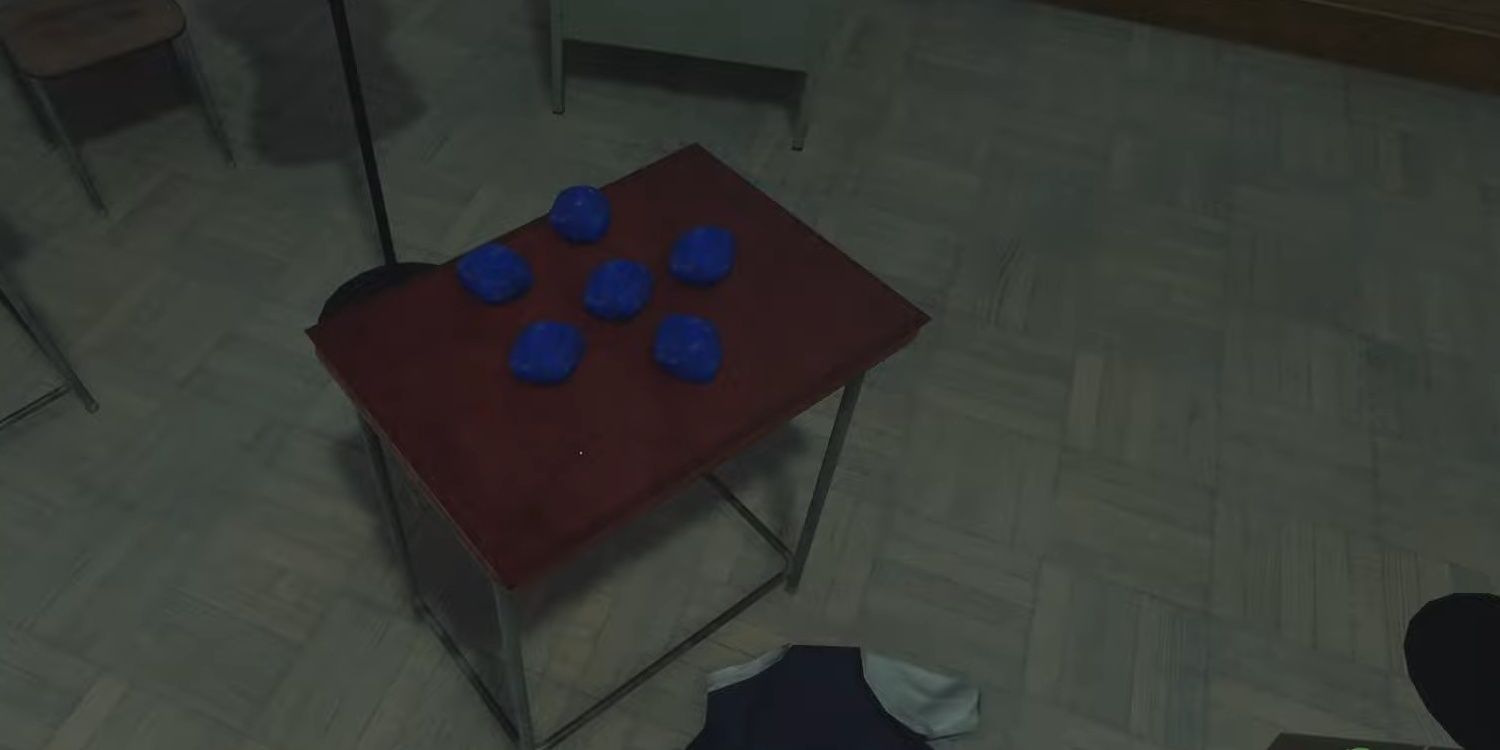
.jpg)
.jpg)
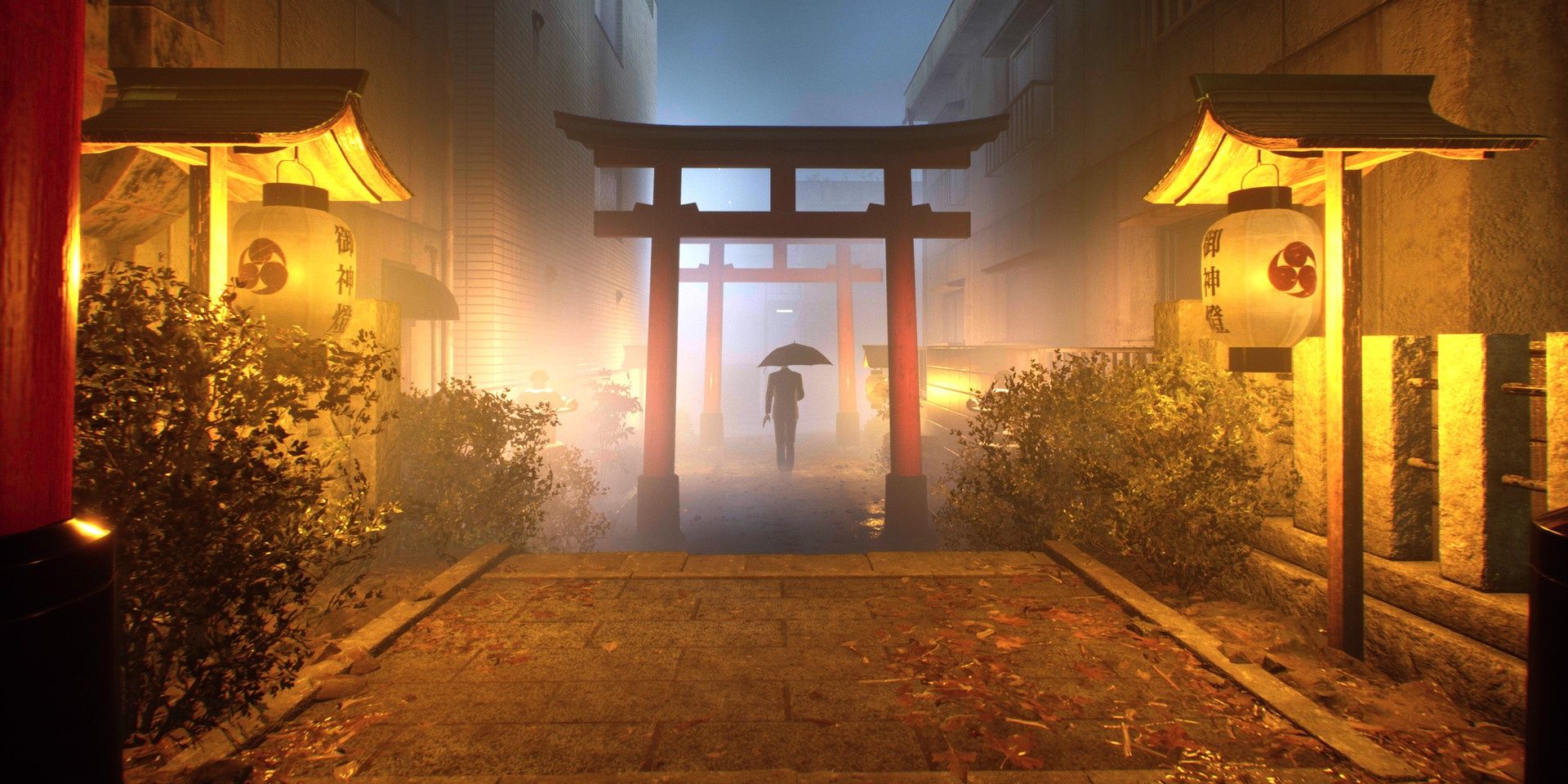
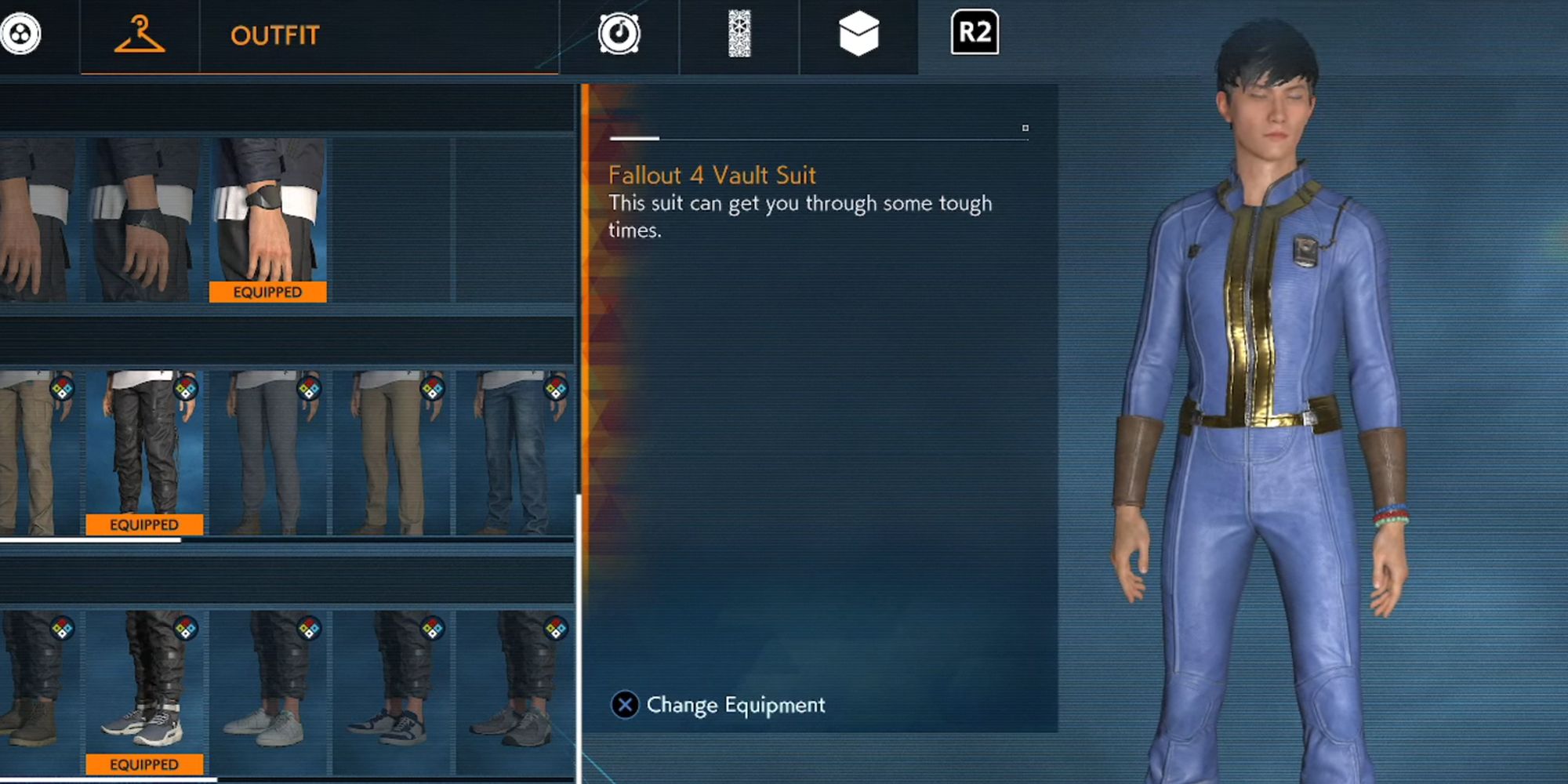
.jpg)
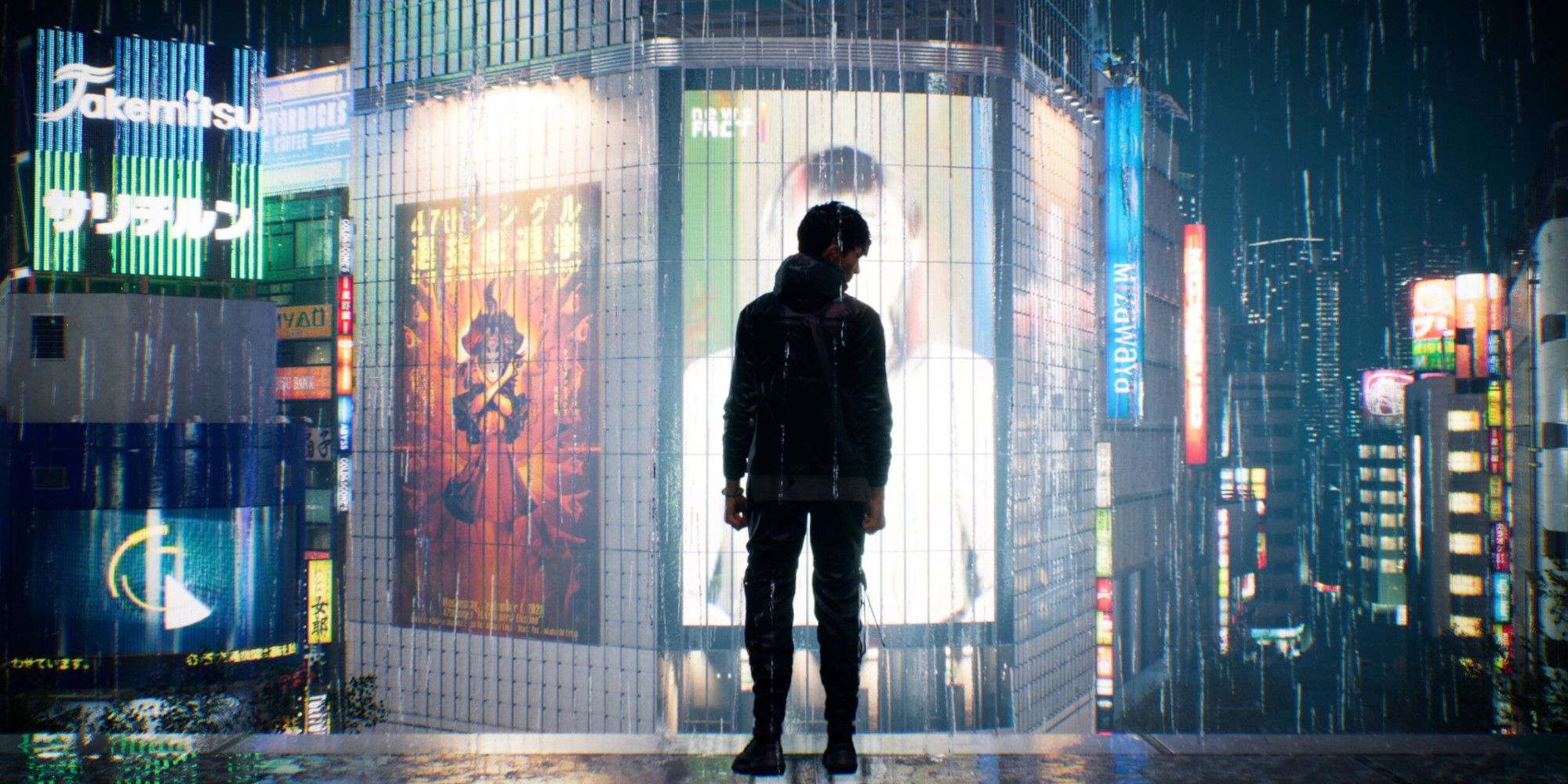
.jpg)
